How to Choose the Right Marble Protective Film
2025-08-04
Marble Protective Film Selection Guide
Focus on Material Characteristics
- Examine the base material of the protective film, prioritizing high transparency and low yellowing tendency to preserve marble's original texture.
- Consider material flexibility - overly rigid films may create bubbles during application or crack with temperature changes.
- Ensure environmental friendliness, avoiding any irritating odors or harmful substances, especially important for indoor applications.
Matching the Marble Scenario
- For kitchen countertops: Select films with high-temperature and oil-resistance properties.
- For flooring: Focus on abrasion resistance to withstand foot traffic and furniture movement.
- For light-colored marble: Choose films with light anti-fouling coating to minimize discoloration.
- For dark marble: Prioritize scratch resistance to maintain appearance.
Check the Fitting Details
- Ensure appropriate adhesion - neither too weak (causing edge curling) nor too strong (leaving adhesive marks).
- Examine edge treatment - smooth, burr-free products reduce application wrinkles.
- Verify uniform thickness to prevent uneven stress distribution and potential marble surface deformation.
Reference User Reviews
- Consult feedback from users with 6+ months of experience to understand yellowing resistance and performance stability.
- For special needs (e.g., marble near windows), inquire about UV protection capabilities.
- Choose brands offering after-sales service for quality assurance and problem resolution.
You Might Also Like
-
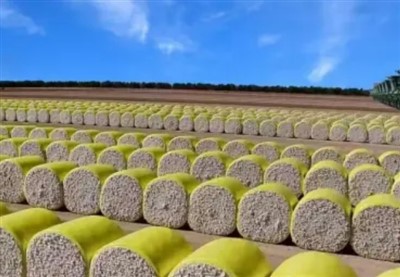
what are the advantages of cotton packaging film
-
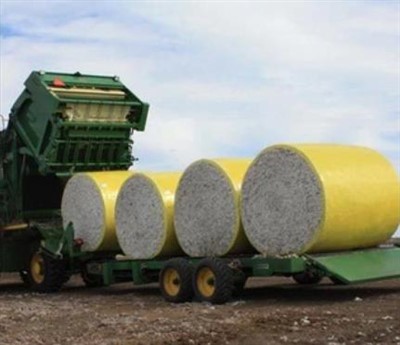
The Advantages of Cotton Wrap Film
-
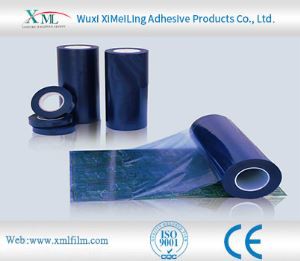
How does pe protective film cope with high temperature environment
-
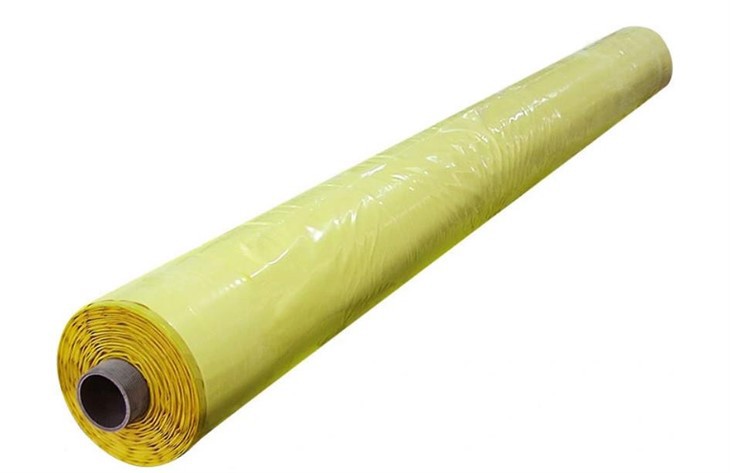
Advantages of Cotton Bale Wrap Film
-
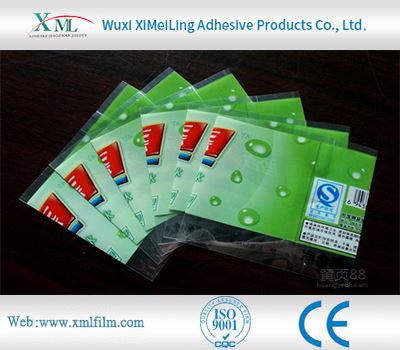
How Polyethylene Packaging Material Copes with High Temperature Environment
-
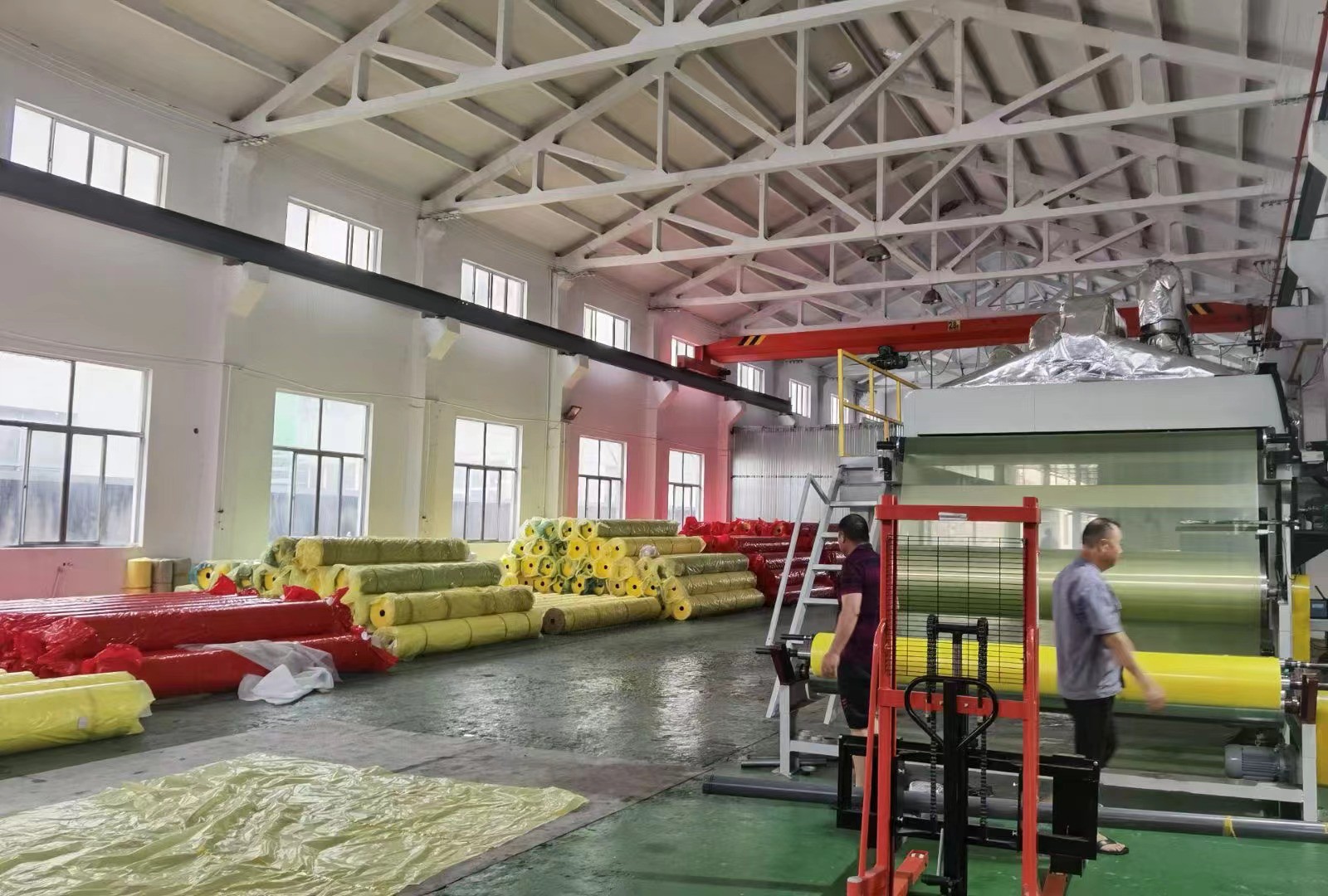
Storage method of cotton bale wrap film
